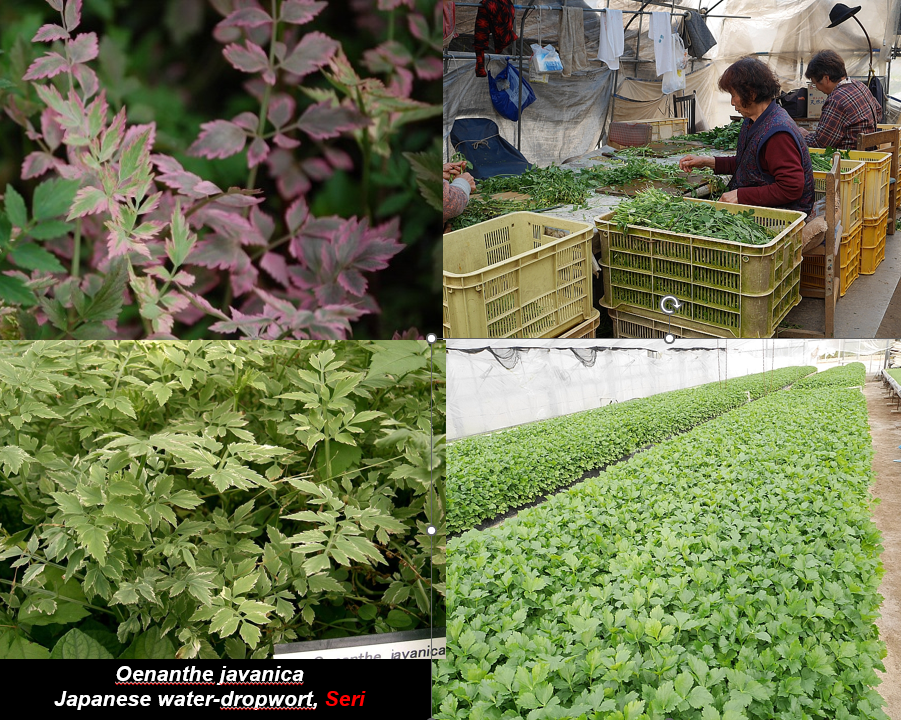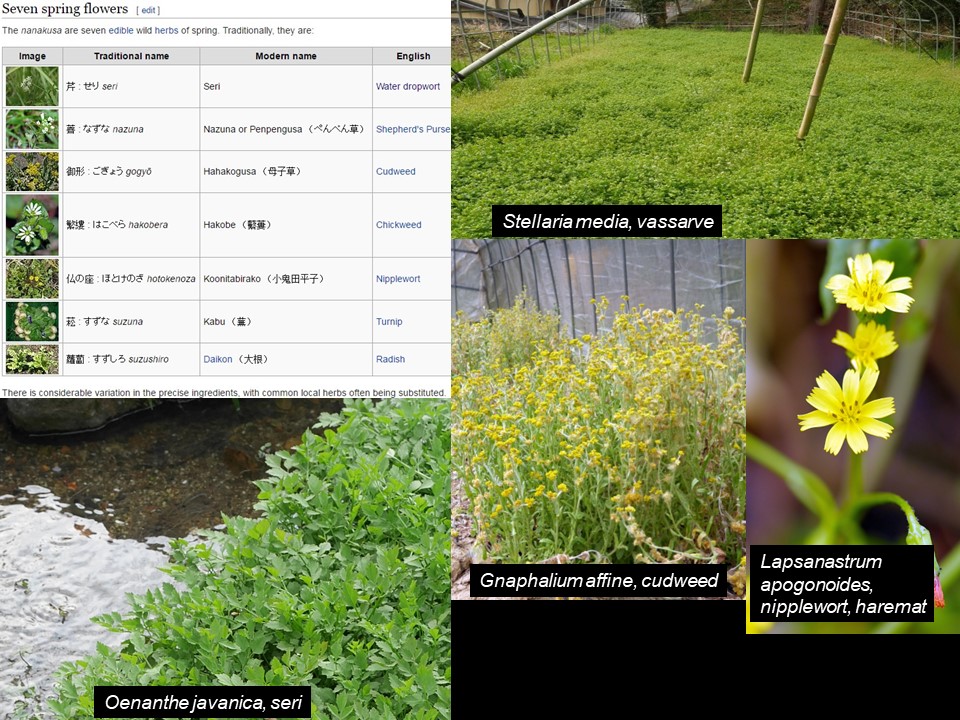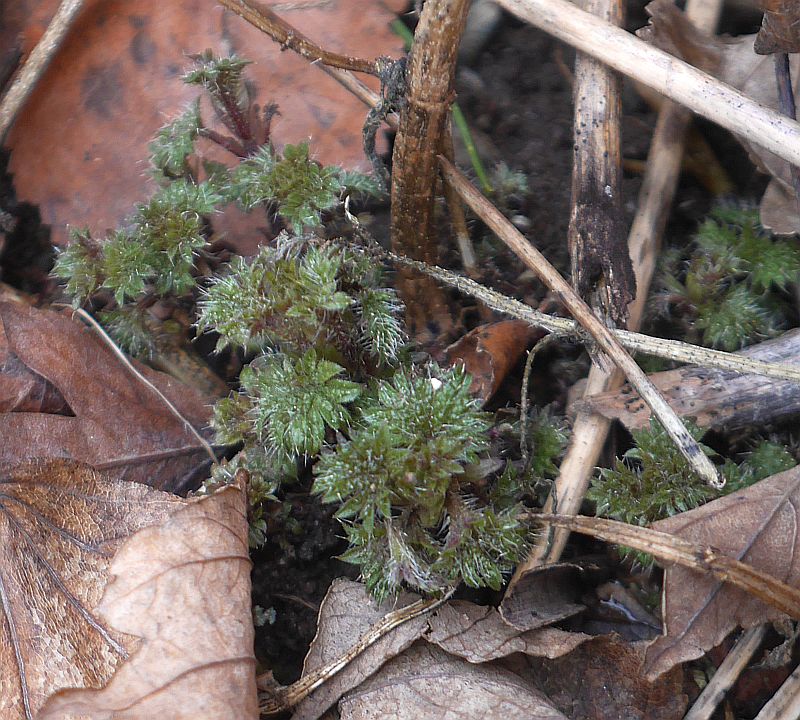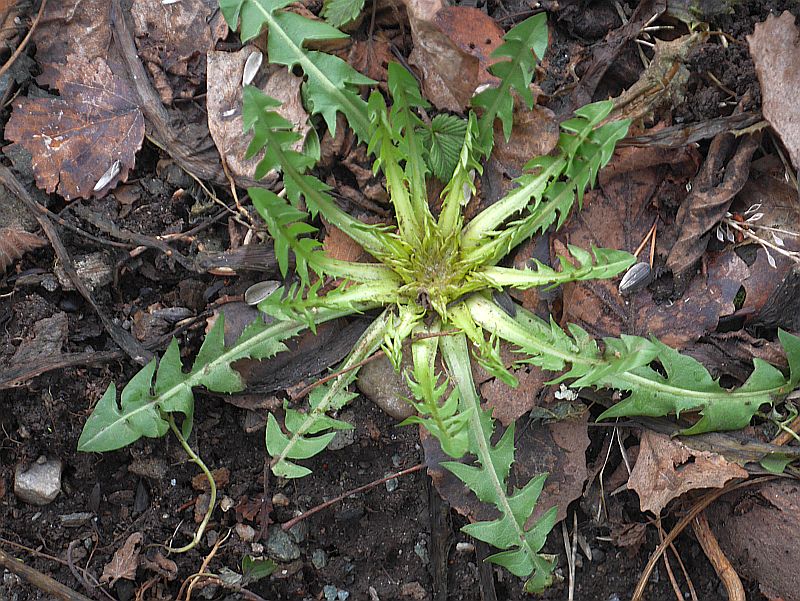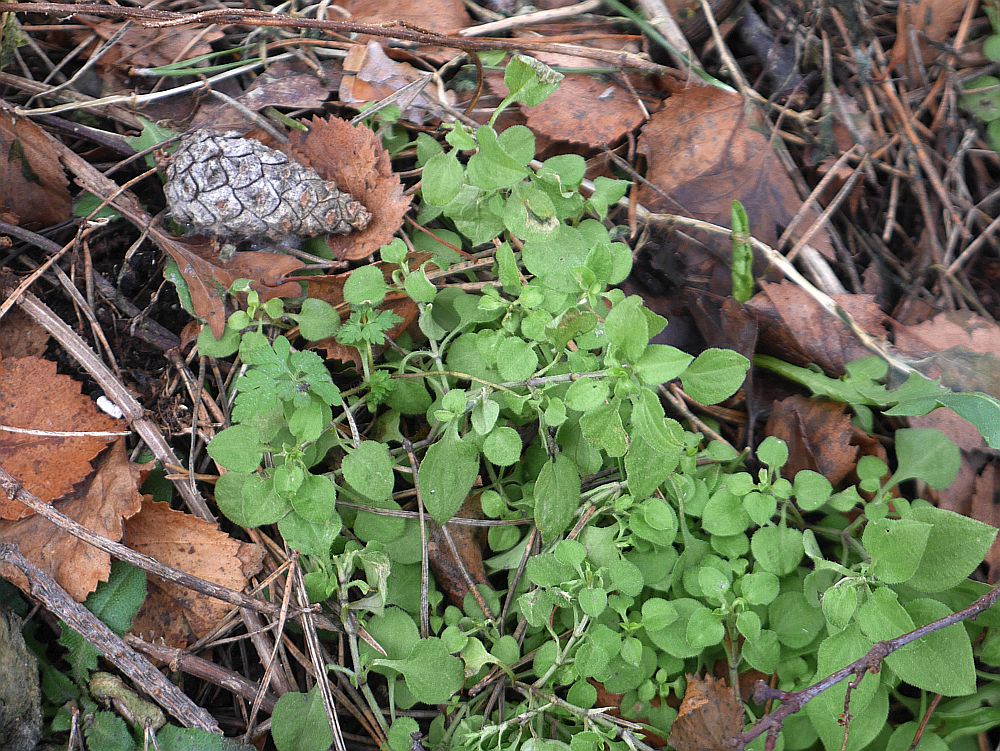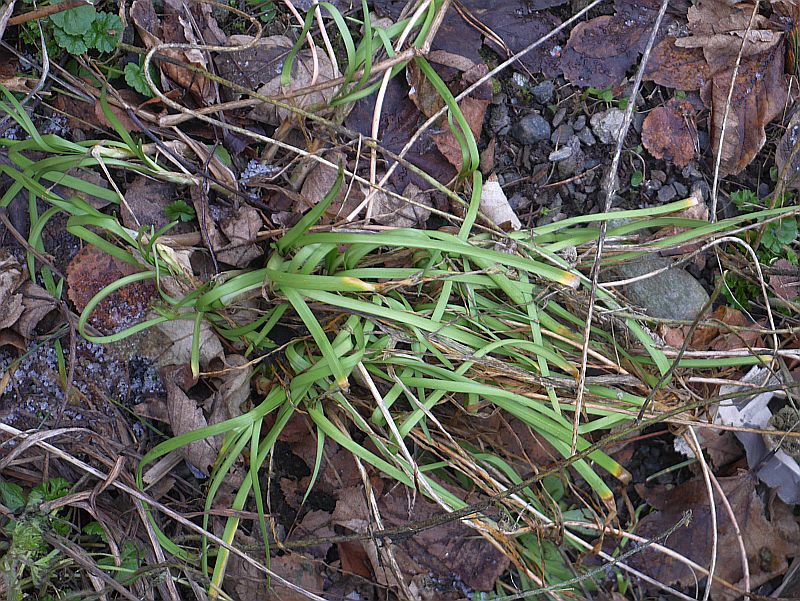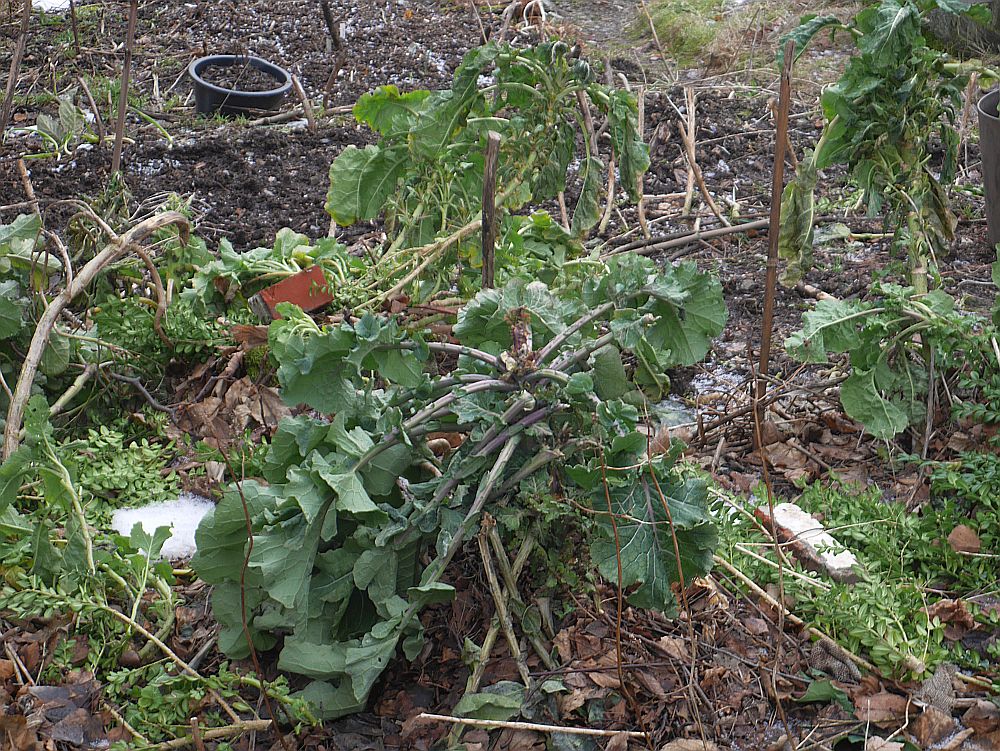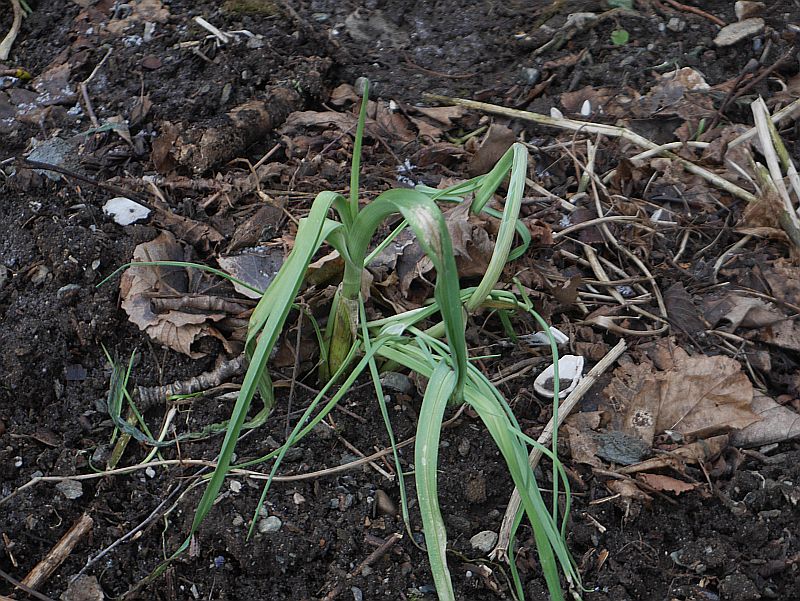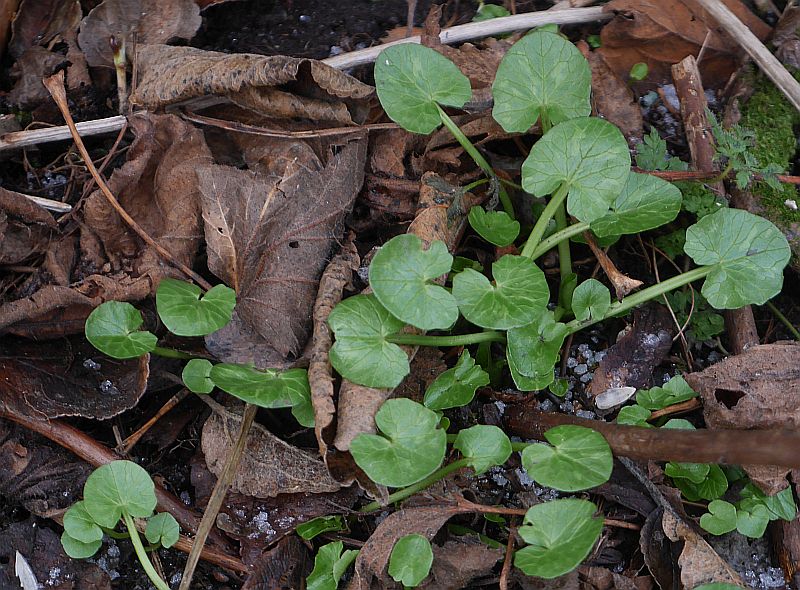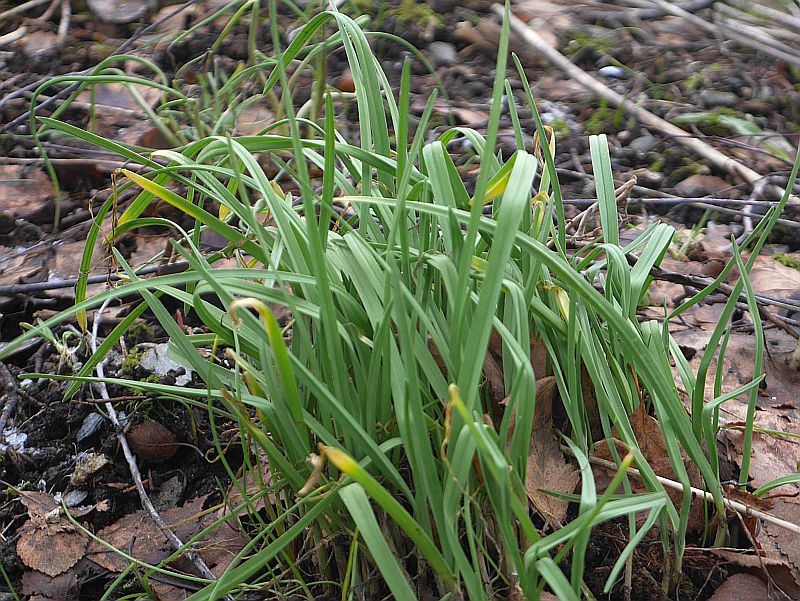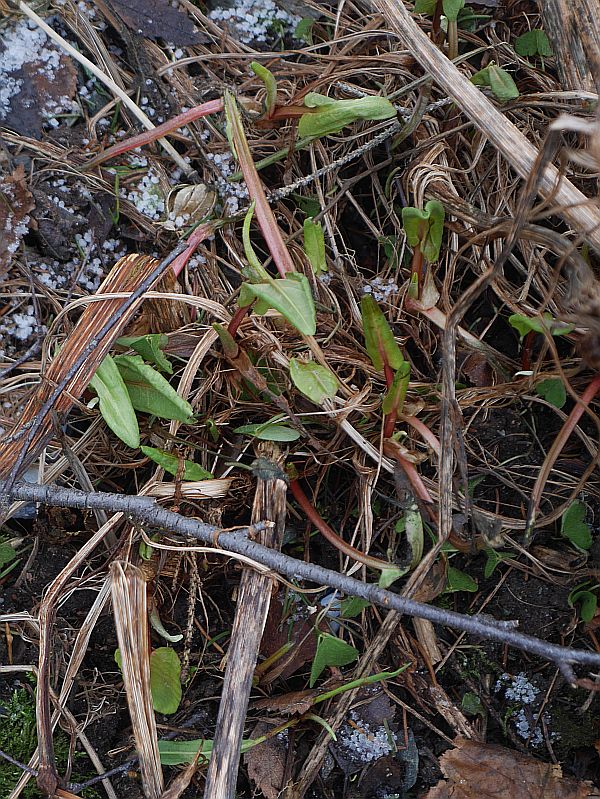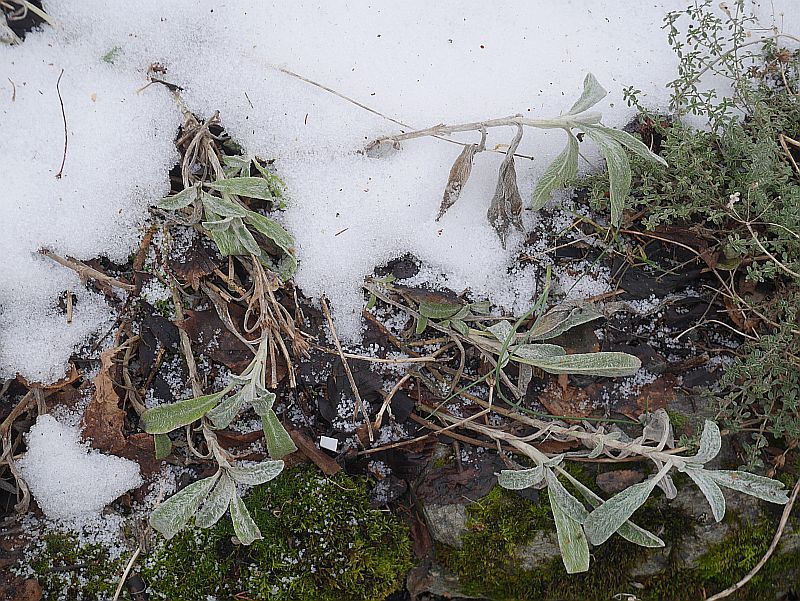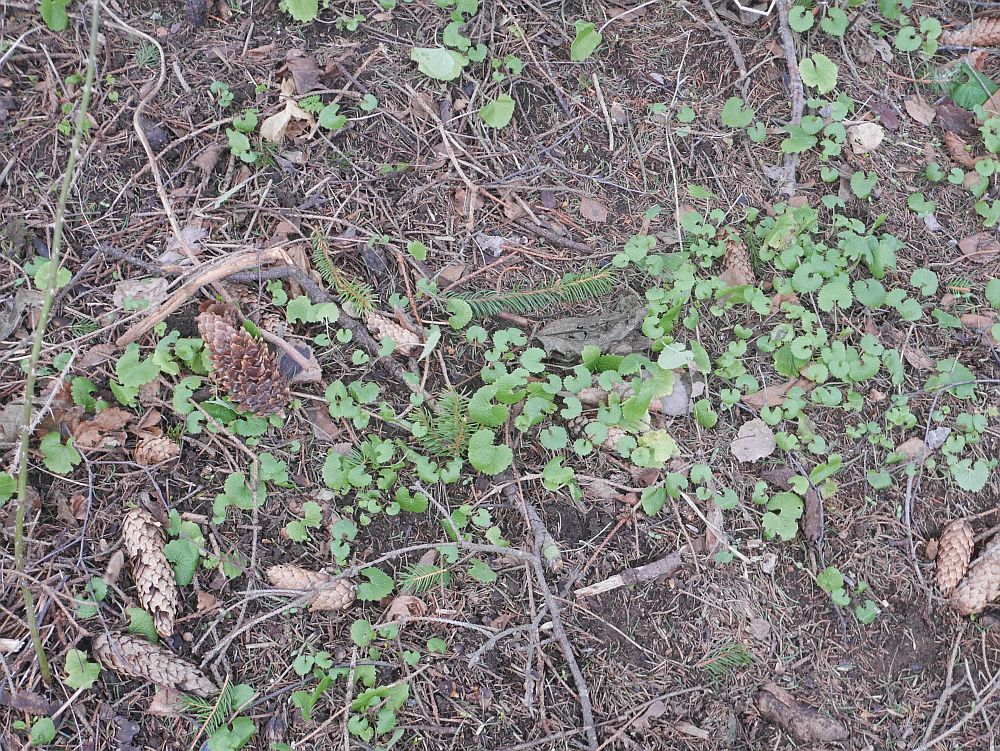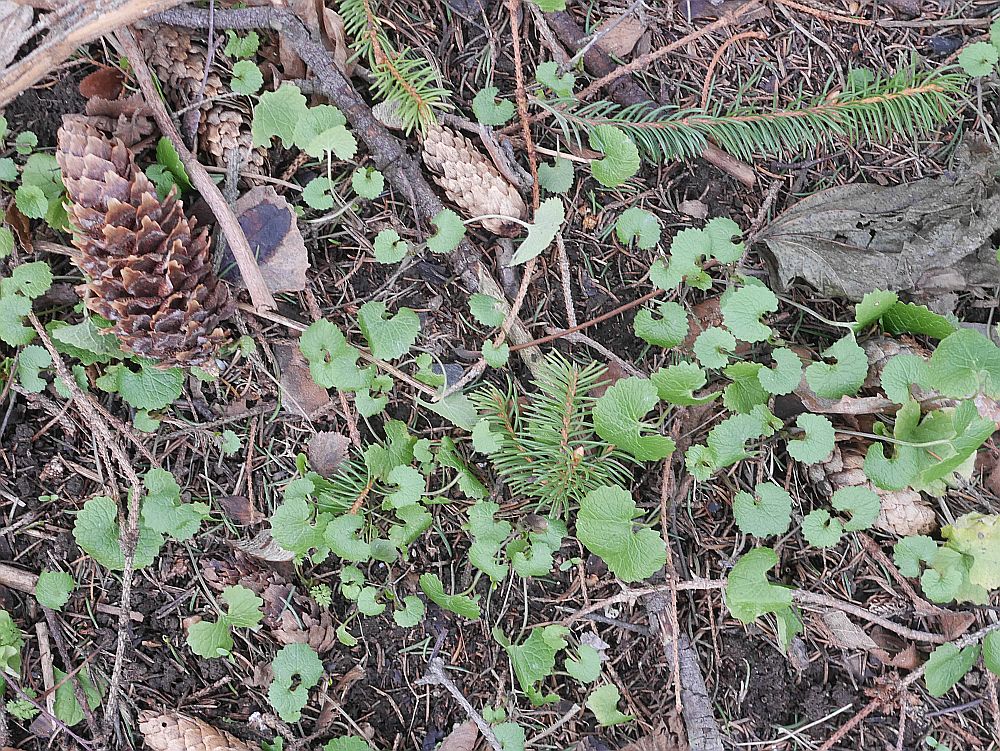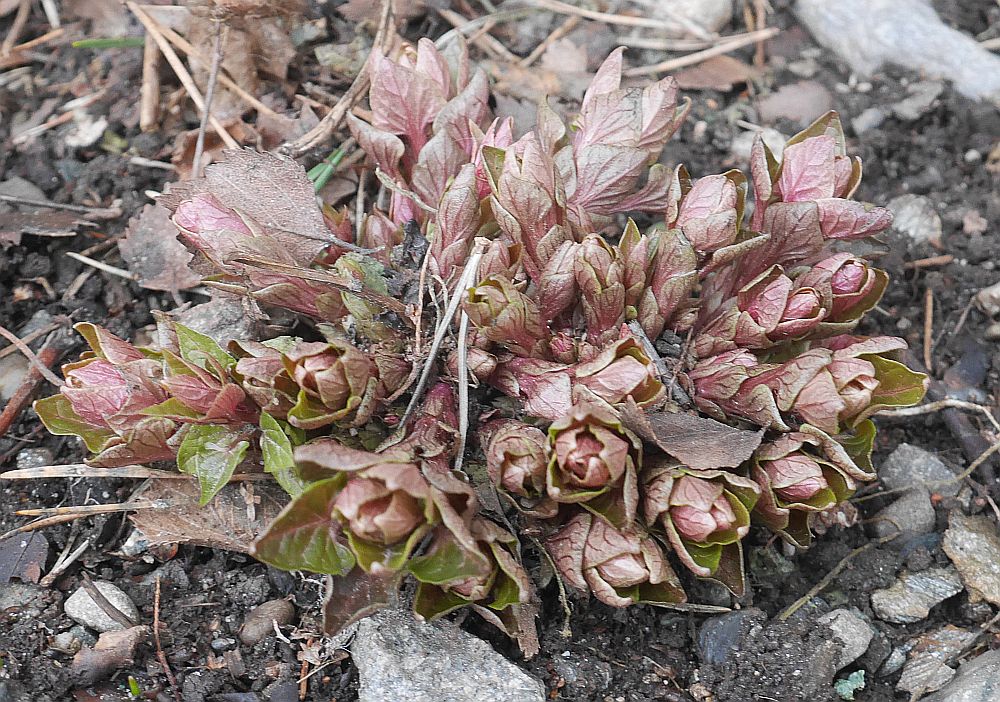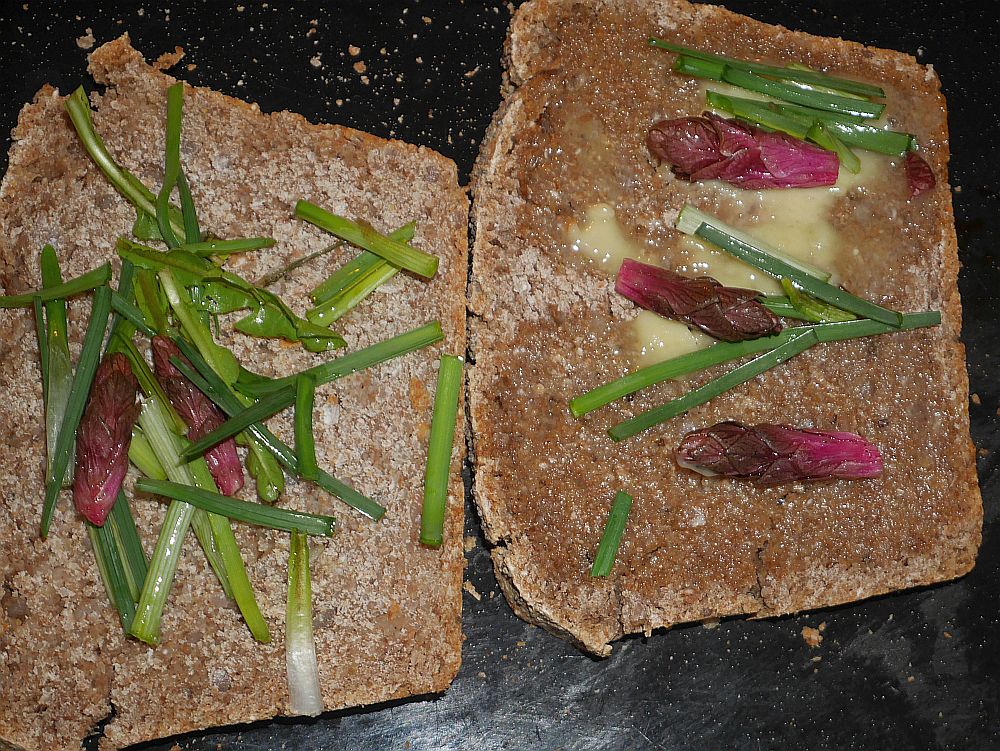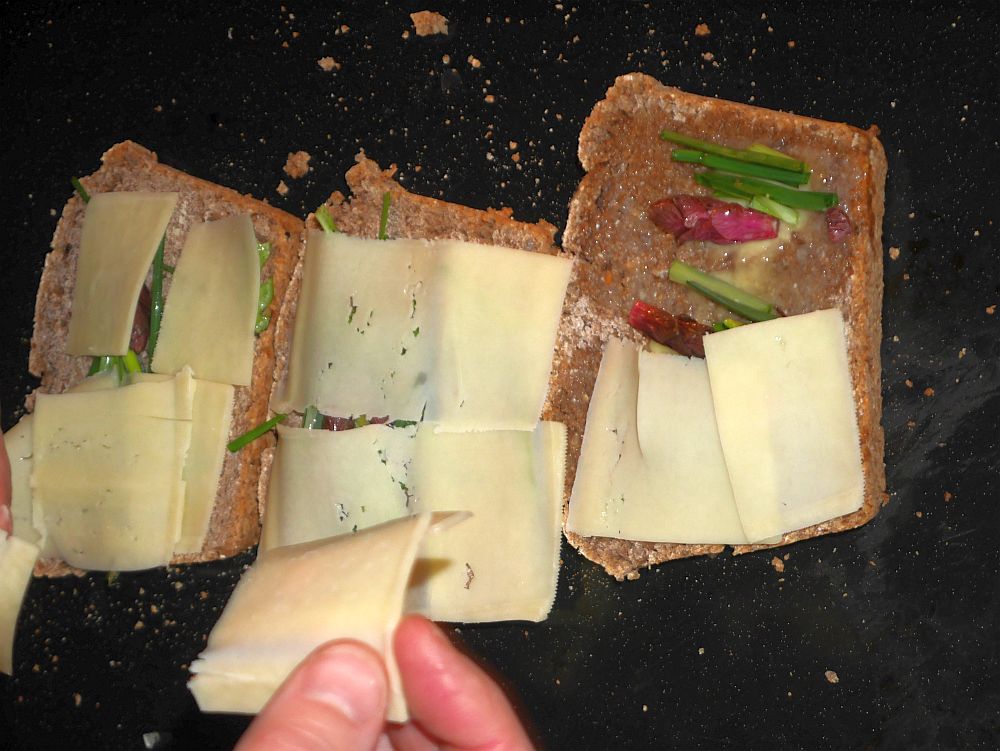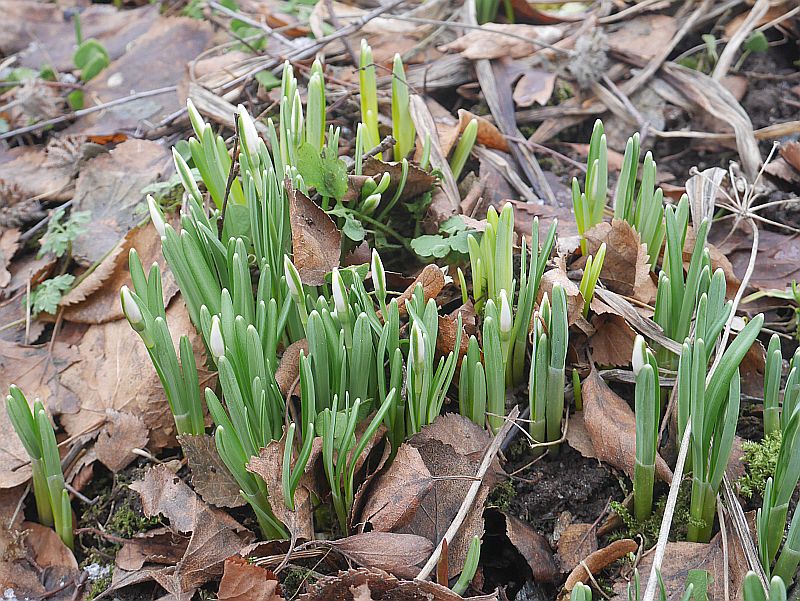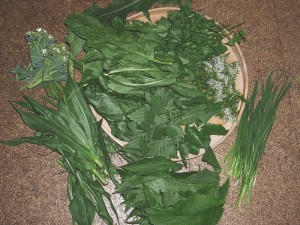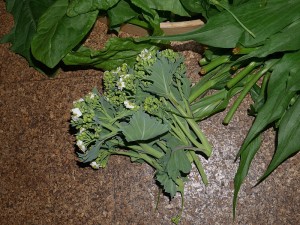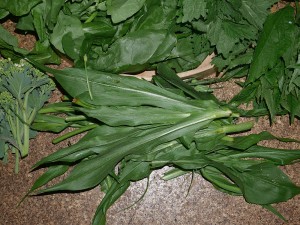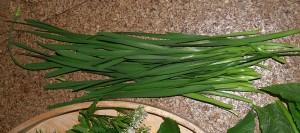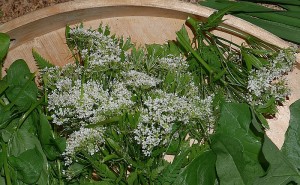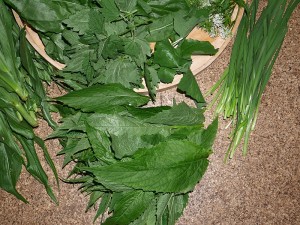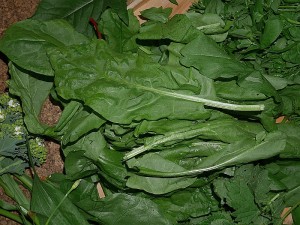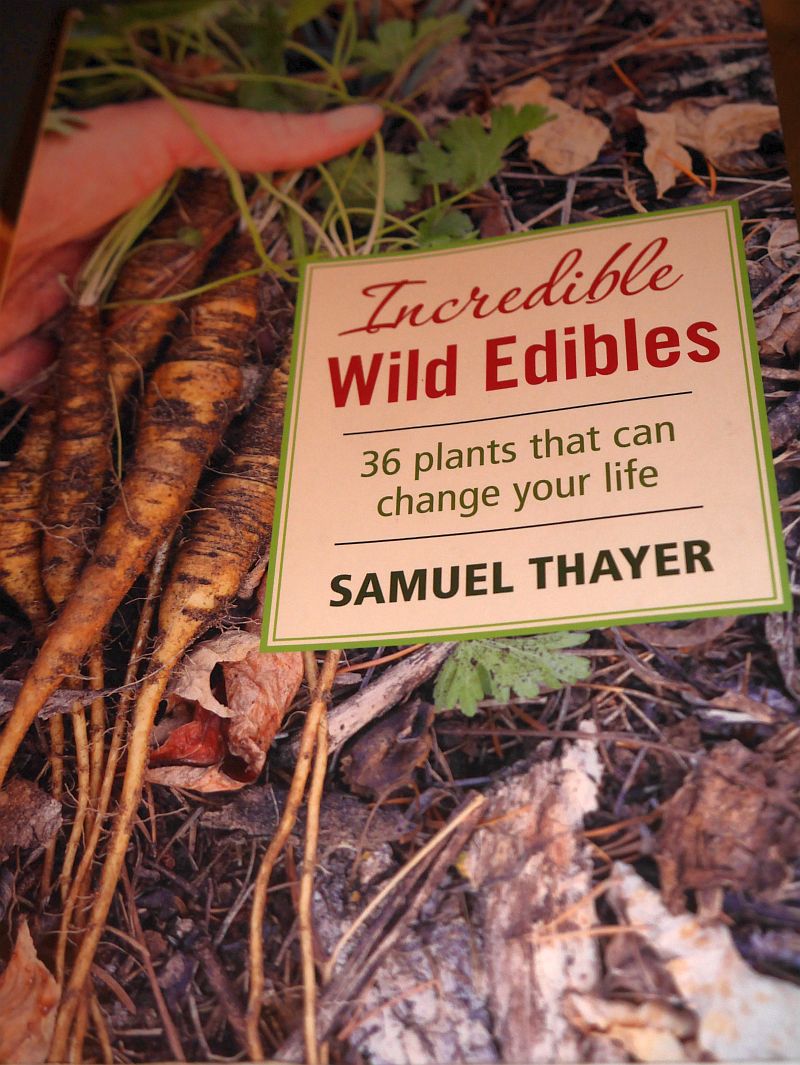
Sam Thayer is without doubt my favourite foraging author and his new book Incredible Wild Edibles does nothing to change that! It’s been 7 years since his book “Nature’s Garden” and 11 since his debut, Forager’s Garden. All his books are thoroughly researched and I love his plant descriptions, which are detailed, thoughtful and accurate with lots of fun personal anecdotes intertwined! The range of edible plants in this book is very wide and includes amongst others plants yielding berries (including one of my favourites, but rarely grown, black raspberry), leafy greens and shoots (caraway, poke and bladder campion), annual weeds (chickweed and shepherd’s purse), “ground” nuts (chufa), herbs and spices (caraway and fennel), introduced invasives (Japanese knotweed, creeping bellflower), winter crops (miner’s lettuce), root crops (Psoralea or prairie turnip and poppy mallow or Callirhoe involucrata), nut trees (hickory), seed crops (black mustard), water vegetables (watercress), sap sugar (maple) and edible flowers (violet). As with Thayer’s other books, although these are North American wild edibles, some are cultivated as garden edibles around the world and several have a wide geographic distribution including Europe or originating in Europe (I like to think that caraway was introduced originally to North America by the Vikings from here in Norway). Some are also new wave perennial vegetables being grown in permaculture inspired and forest gardens. I actually grow most of this collection in my own garden in Norway. Therefore, all of Thayer’s books are also of interest to foragers, edible gardeners and permaculturists both in and outside of North America! There are 3 species covered which I was particularly interested to read about as they are seldom covered in foraging and edible gardening books. These are water parsnip (Sium suave), Sweet root (Osmorhiza spp.) and sochan or cut-leaf coneflower (Rudbeckia laciniata), the secret vegetable of the Cherokee. I’ve grown the latter in my garden for several years (a double flowered ornamental form; see the picture) as I’d read that it was used by native americans but had never found much in the way of first hand information! I can now look forward to trying this in my ever growing collection of edimentals or edible ornamentals (plants doubling good taste with good looks!)
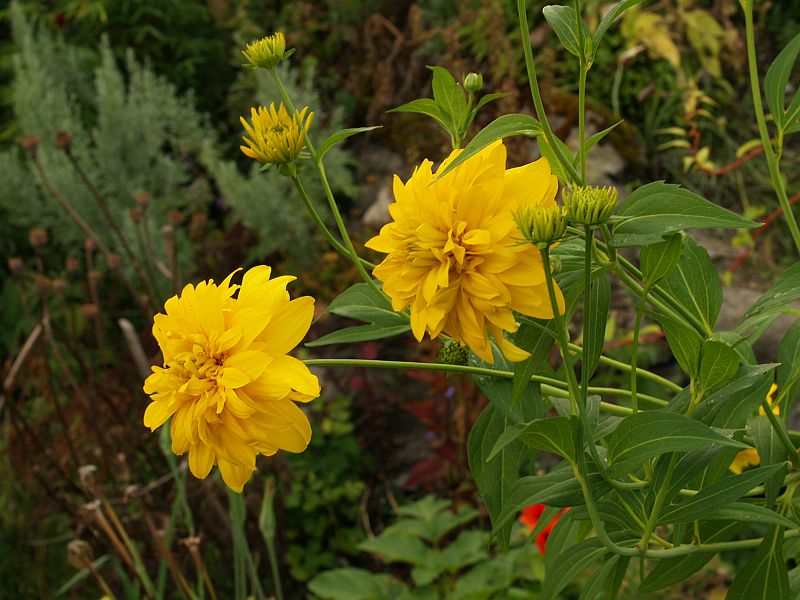
The book starts with a number of short essays on various relevant subjects. I particularly enjoyed his “Foraging against the invasion”, that herbicides are not the solution, creating an ecological void, quickly recolonized by invasives….that it’s unrealistic that we will win in the end…and that foragers should participate in the deliberate control of invasives as they are the people most likely to notice and have an impact. Foraging can in this way actually save native plant communities rather than what is often stated, that foraging destroys by overharvesting. And many invasives are of course excellent edibles (we are planning an invasives festival here in Norway!)
The book ends with Thayer’s essay on what he terms Ecoculture! This is Thayer’s term for the ancient practice of the management of natural ecosystems to enhance their production of useful products…and argues that it should and could become an important component of future food systems. I remember on a visit to the West Coast reading in old (suppressed) literature about the amazing extent to which Native Americans managed the forests for food and other products. This is of course nothing unique to North America. These practices are also one of the inspirations of Permaculture’s forest gardens or food forests. Thayer also describes a part of his own garden that he has planted as a diverse productive garden of edibles, but he only (or mainly) uses native plants. Native ecoculture works for Thayer as native forests in his part of the world are particularly diverse and able to supply the calories…in my part of the world this is difficult without introducing non-natives like nut trees and introduced perennial vegetables in our relatively poor native flora……therefore I use forest gardening rather than ecoculture. Thayer gives the prime example of the sugar maple and wild leek (Allium tricoccum) forests….the closest we have to this in Norway are hazel – ramsons (Allium ursinum) woods, but they are rather limited in extent and nuts are small. Our permaculture forest gardens lie somewhere between “unstable” mainstream agriculture and its predominantly annual crops and Thayer’s relatively stable natural plant communities with mainly perennials.
Thayer also argues that rather than reducing our impact, we need rather “to increase our positive impact on the landscape whilst gathering earth’s gifts to nourish and heal ourselves”. There is also food for thought that in-situ natural perennial poly-ecocultures do not involve improved varieties as domestication or plant improvement happens in isolation……
Get this book, it could indeed change your life!
Seven years was worth the wait! Thank you Sam!!
Overview of Sam Thayer’s books:
Forager’s Harvest: 2006 (360 pages) 32 plants
Nature’s garden: 2010 (512 pages) 41 plants
Incredible Wild Edibles 2017 (479 pages) 36 plants
 The number 7 is considered lucky in different cultures around the world and is often seen as highly symbolic. This Danish dish is related to the northern England dish Dock Pudding, which has very similar ingredients (see Easter Ledge Pudding in my book Around the World in 80 plants).
The number 7 is considered lucky in different cultures around the world and is often seen as highly symbolic. This Danish dish is related to the northern England dish Dock Pudding, which has very similar ingredients (see Easter Ledge Pudding in my book Around the World in 80 plants).